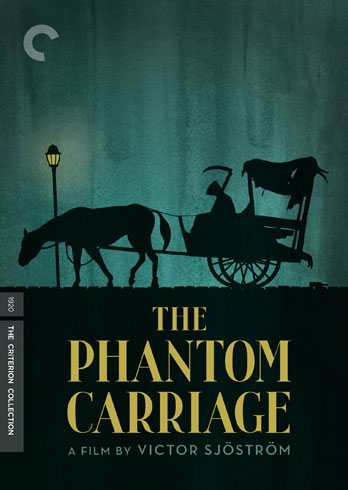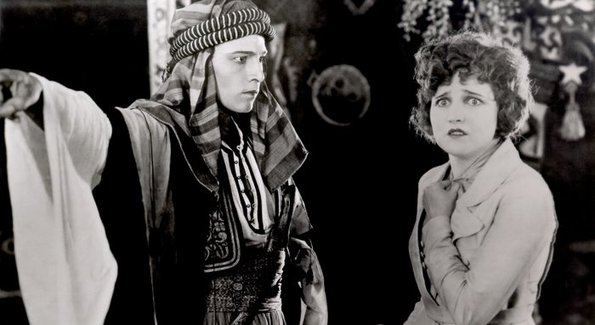I’ve never really been big on the documentary genre. I always became enraptured in film and filmmaking due to my natural gravitation toward strong storytelling. I love being able to delve into the lives of fictional characters, to know that each word, placement, camera movement, lighting adjustment, musical cue, etc. was all placed there with artistic intent. It’s a gorgeous notion and why I, personally, want to be a filmmaker – to be able to tell the stories I want to tell and share my artistic nature with the rest of the world. Be able to make films that others can relate to or affect them the way my favorite films always have.
Documentaries rarely ever fill me with that same sort of effect. Some documentaries do know how to draw the emotions out of me or transport me into their stories, but most of the time they are simply just talking into cameras about facts and numbers, etc. That may be an unfair criticism, but again I don’t criticize these films for being what they are, I simply just don’t flock to go see these films and often shy away from them because it’s a genre I don’t personally enjoy.
But again, the purpose of this “journey” into film from its roots is to learn and appreciate how all forms of film came to be. This does not exclude documentary. After hearing for years about Robert Flaherty’s Nanook of the North being the pioneer of documentary-style filmmaking, I finally had the opportunity to check it out for myself. The film is pretty self-explanatory: it follows Nanook, an Eskimo living in the North, as he goes about his day-to-day routines of hunting, fishing, eating raw meat, building igloos, and more killing of wildlife.
Flaherty’s approach to filming Nanook is a very simple one and very easy to see why it’s become the norm of documentary filmmaking, like a Birth of a Nation equivalent for documentaries. Flaherty simply stands by and lets Nanook do his whole wildlife-murdering-for-food thing and it’s merely fascinating just watching this specimen go about things in such a different way from ourselves. After a while, you forget you’re watching a film as it feels like you’re right with Nanook and his family shivering your ass off in the deepest parts of the Canadian Arctic. Few films have ever perfectly captured the idea of being truly cold and Nanook certainly is up there despite being a black-and-white film made in 1922.
Though, just like with D.W. Griffith’s pioneering film, Flaherty’s film is not without structural flaws. Most of the film is just spent lingering on this man’s life, showing his day-to-day routines, but we never really get to know him as a person other than what we see him do. Documentary filmmaking has certainly evolved, especially with the advent of sound and color in film, so the idea of digging deeper into the thoughts and ideas of a documentary subject has certainly evolved with it. But that doesn’t dismiss how despite being a well-made documentary, in the same way Birth of a Nation was a well-made fictional film, the lack of a strong emotional core (or in the case of Griffith, a less racist one) forces the film to be forgettable. But again, Flaherty is not a filmmaker by nature, nor is he an artist, he was simply a man with a camera who wanted to show the world this glorious culture he became so enamored by. And that he certainly achieved, along with being the forefather of documentary filmmaking to boot. No big deal. Nanook would certainly be proud.















_2.jpg)
